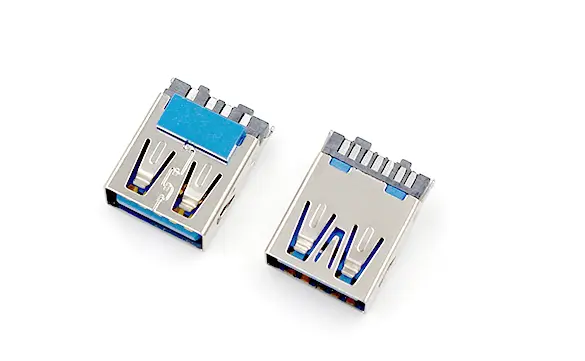How We Make Injection Molding More Sustainable
The Importance of Sustainable Injection Molding
Injection molding is a widely used manufacturing process for producing plastic parts. However, the traditional methods of injection molding can have a significant impact on the environment due to the use of non-renewable resources and the generation of waste. As global awareness of environmental issues continues to grow, there is an increasing demand for more sustainable manufacturing practices. In this article, we will explore how injection molding can be made more sustainable and the benefits of adopting sustainable practices in the industry.

Using Recycled Materials
One of the key ways to make injection molding more sustainable is by using recycled materials. Recycled plastics can be just as effective as virgin plastics in the injection molding process, and using them can significantly reduce the environmental impact of manufacturing. By using recycled materials, manufacturers can help reduce the amount of plastic waste that ends up in landfills and the ocean. Additionally, using recycled materials can save energy and reduce greenhouse gas emissions compared to producing virgin plastics. As the technology for processing recycled materials continues to improve, using recycled plastics in injection molding is becoming an increasingly practical and cost-effective option for manufacturers.
Energy-Efficient Equipment
Another important aspect of sustainable injection molding is the use of energy-efficient equipment. The injection molding process requires a significant amount of energy, and optimizing the efficiency of the equipment can lead to substantial energy savings. Energy-efficient equipment can include machines with improved heating and cooling systems, as well as advanced control systems that minimize energy consumption during the manufacturing process. By investing in energy-efficient equipment, manufacturers can reduce their carbon footprint and operating costs while improving the overall sustainability of their operations.
Reducing Waste and Emissions
In addition to using recycled materials and energy-efficient equipment, reducing waste and emissions during the injection molding process is essential for achieving sustainability. One way to achieve this is by optimizing the design of molds and parts to minimize material waste. By using advanced software and technologies, manufacturers can design molds that require less material and produce less scrap. Additionally, implementing closed-loop systems for process water and materials can help minimize waste and emissions. By addressing these aspects of the manufacturing process, manufacturers can significantly reduce their environmental impact while improving their overall efficiency and productivity.
Implementing Sustainable Practices
Finally, making injection molding more sustainable requires a commitment to implementing sustainable practices throughout the entire manufacturing process. This can include adopting environmentally friendly production processes, such as using water-based or biodegradable mold release agents, as well as implementing recycling and waste reduction programs within the facility. It also involves collaborating with suppliers to source materials responsibly and minimize the environmental impact of the supply chain. By integrating sustainable practices into every aspect of the operation, manufacturers can demonstrate their commitment to environmental stewardship and meet the growing demand for sustainable products in the market.
In summary, making injection molding more sustainable is essential for reducing the environmental impact of plastic manufacturing and addressing the growing demand for sustainable products. By using recycled materials, investing in energy-efficient equipment, reducing waste and emissions, and implementing sustainable practices, manufacturers can significantly improve the sustainability of their operations. As technologies continue to advance and consumer preferences continue to shift towards sustainable products, it is important for manufacturers to prioritize sustainability in their injection molding processes. By doing so, they can benefit from cost savings, improved efficiency, and a positive environmental impact.
+86 13433648351





